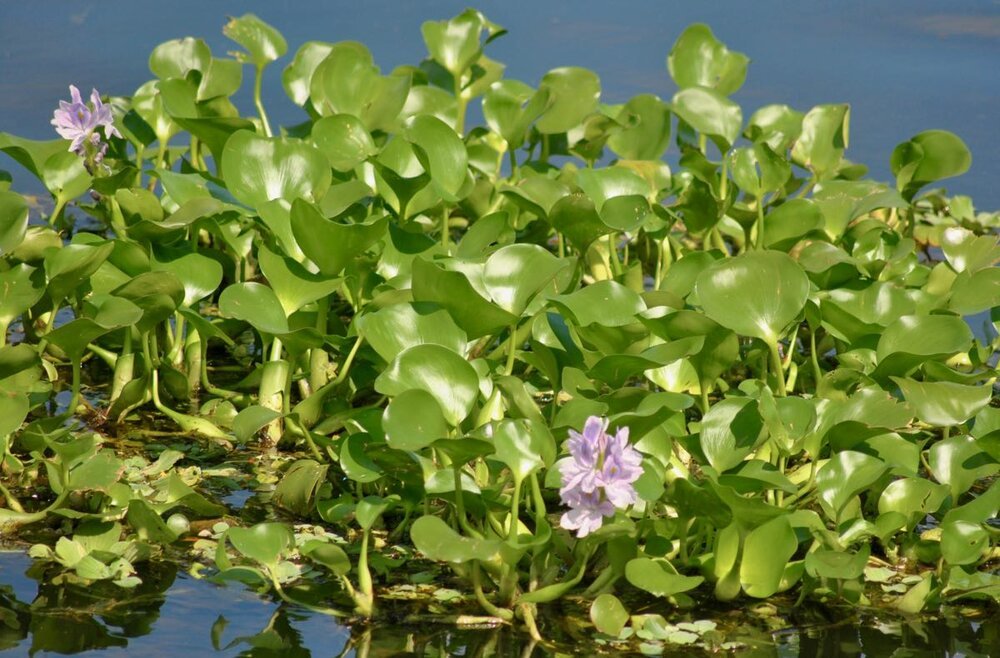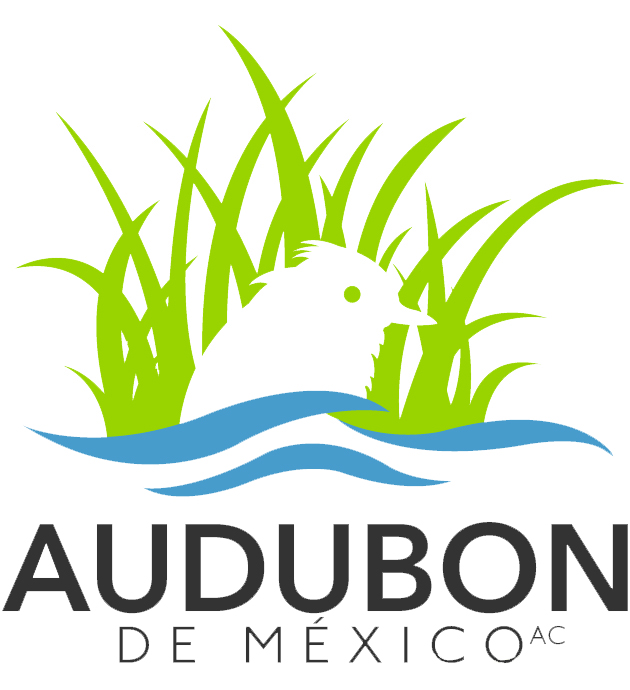invasion of lirio acuatico (water hyacinths) in the presa ignacio allende

HOW DID THIS HAPPEN?
Our research leads us to believe that dormant seeds were present in the Presa soils. These seeds were exposed to the air when the level the Presa began to decline in 2020. The heavy rains and flooding we received during the month of September of 2021 provided the perfect conditions for these seeds to germinate and the plants to flourish with the rising water level and abundant nutrients from agricultural fertilizers and untreated sewage.
WHAT IS BEING DONE TO ADDRESS THE PROBLEM?
There is no permanent solution. Once the Water Hyacinth becomes established it cannot be eliminated. Long-term management strategies will be needed to contain and manage its growth.
Controlling and managing Lirio populations is hard work and it can be expensive as well, but there are approximately 23 other reservoirs in Mexico that are confronting this challenge, creating a pool of expertise from which to draw upon. Since this is a world-wide problem, we can also look to the work of many international agencies and institutions for addressing our local effort.
The municipal department of Environment and Sustainability is currently researching additional methods for the extraction and containment of Lirio. Recently, the Federal water agency, CONAGUA, issued a statement that they will provide assistance with containment, which would be of great help.
Audubon, its Amigos de la Presa volunteers and other community members are also working to address this problem through research, outreach and community action. We’ll be keeping you informed of our progress. If you would like to get involved in this effort, please contact us at audubondemexico@gmail.com.
BACKGROUND
After the summer of 2021 storms, we began to notice an alarming amount of Lirio Aquatico (Water Hyacinth) in the Presa Allende and the Rio Laja, extending upstream as far as the Guanajuato Bridge in Cieneguita.
In November, we initiated a conversation with the San Miguel de Allende Municipal Department of Environment and Sustainability about our concerns. They informed us that they were developing a plan for its control. They have met with State and Federal agencies to request their assistance, and despite the urgency of the problem, neither government has committed to help “due to a lack of funding.”
By December, the Municipality had recruited, and were compensating, local fishermen and their families who began manually extracting the Lirio in the southern portions of the Presa.
At this time the Municipality has been continuing to pay the fishermen and their families, although it is uncertain how long it can continue doing so. The Municipality is also investigating purchasing or renting a large machine to extract the Lirio.
THE FORMATION OF RESCATEMOS LA PRESA IGNACIO ALLENDE CAMPAIGN
Over the past few months, volunteers have been investigating solutions to confront the rapidly growing infestation of Water Hyacinth in the Presa Allende. Originally formed by Audubon de Mexico and its Amigos de la Presa volunteers, this group now includes representatives from Salvemos al Rio Laja, Mid-Day Rotary and Caminos de Agua and concerned citizens.
After much investigation and discussion and consultations with biologists who are working on this problem in other areas of Mexico, our volunteer group has come to recognize the complexity of this problem requires a community-driven response that can act alone and in support of efforts led by the Municipal government.
Our campaign, Rescatemos la Presa Ignacio Allende, is a response to the urgent need to remove and manage the infestation of Water Hyacinth.
OUR GOALS:
- Identify and put into action short and long-term strategies for the extraction, containment, management and end use of Water Hyacinth;
- Inform our community of the threats posed by the Water Hyacinth, recruit its support and monitor and communicate conditions, actions and progress over time.
- Develop teams that oversee extraction projects; communications; fundraising; fiscal management; research and volunteer activities;
- Support the efforts of the fishing community in the manual extraction of the Water Hyacinth through fundraising, training and coaching to build their capacity and sustainable businesses using Water Hyacinth as a raw material;
- Coordinate and collaborate with the Municipal government and advocate for Federal and State support in addressing the Water Hyacinth problem and long-term solutions for its prevention.
ABOUT LIRIO
Lirio is a free-floating perennial plant that grows in still or slow moving fresh water bodies. People are attracted to its attractive purple flower and its use as a natural water filter in decorative ponds, which is how it came to be introduced around the world from its native habitat in South America.
The plants have dark green, slightly cupped leaves, which catch the wind and allow it to move rapidly across the water and establish new colonies. Beneath the water, their dangling roots become intertwined, causing large mats to form. It reproduces by seed, but once it is established, it most commonly reproduces by developing daughter plants, which break off from the mother plant and begin to create new colonies. It can double its mass every 5-15 days, which is why it is now widely recognized as one of the world’s worst noxious aquatic weeds.
WHAT IS THE THREAT?
Lirio infestations can greatly reduce oxygen levels in the water by blocking sunlight and the transfer of oxygen from the air to the water. Without oxygen aquatic life such as invertebrates, fish and native plants will die, which then impacts the food supply for aquatic birds, and weakening or even destroying the natural food chains of the ecological system.
The livelihoods of local fishermen are also threatened by the presence of Lirio. It is very difficult to row boats through the heavy mats and large concentrations limit the amount of open water where they can set their nets. And, if the fish begin to die, so does their ability to make a living.
Lirio is also a breeding ground for mosquitoes, which are not only annoying, but carry diseases. Residents around the Presa and kayakers are reporting a large mosquito population this winter, which is unusual.
Our Amigos de la Presa kayakers, and other recreational boaters, have been stymied by the presence of the Lirio, which at times prevents them from launching their boats and places them in potentially dangerous situations when the Lirio suddenly moves in to block their return path or they are forced to paddle through a Lirio patch, which introduces the risk of getting tangled in the mats and possibly capsizing.
An infestation of Lirio can reduce water levels, too. Their rate of transpiration (water lost through their leaves) is up to three times greater than natural evaporation on an uncovered water surface.
Subscribe to our newsletter
Our monthly newsletter will keep you up to date on our scheduled events, our work, and features monthly nature-related articles.
